Royal Aeronautical Society Podcast
The Royal Aeronautical Society is the world’s only professional body dedicated to the entire aerospace community. Established in 1866 to further the art, science and engineering of aeronautics, the Society has been at the forefront of developments in aerospace ever since.
Episodes
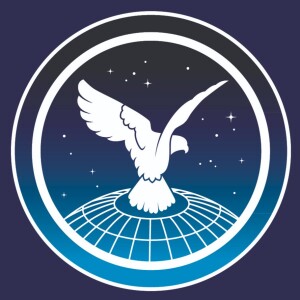
Tuesday Mar 19, 2019
Tuesday Mar 19, 2019
Squadron Leader Mike Ling MBE RAF, discussed:
- His background in the Royal Air Force
- A brief history of the Red Arrows
- Team constitution/pilot selection
- Who makes up the entire Red Arrows unit and what does it take to become a pilot?A
- The Red Arrows Hawk TMk1
- An explanation of the Hawk and how those Hawks used by the Red Arrows differ
- Flying the Red Arrows display
- The techniques involved and how the display sequence is designed
- Highs and lows during Sqn Ldr Ling's 10 seasons in the Team
- Experiences (good and bad) as a Red Arrows display pilot and supervisor
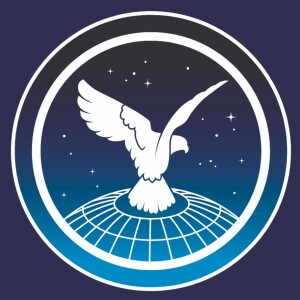
Monday Mar 11, 2019
Monday Mar 11, 2019
This episode begins with Geoffrey Hall of Fairey Aviation looking to the future of rotorcraft and V/TOL aircraft, followed by Air Cdre W. K. Stewart, the then Director of the RAF Institute of Aviation Medicine, describing the different ways that research on humans at high altitudes has affected flight. The then Director of the Royal Aircraft Establishment, Sir George Gardner, looks towards the future of aviation.
This is the sixth and last episode of Powered Flight, the British contribution to flying. It was first broadcast by the BBC Overseas Service in 1959 and was introduced by Charles Gibbs-Smith. The recording was edited by Mike Stanberry FRAeS, was licenced from BBC/Getty Images and was digitised and released thanks to a grant from the Royal Aeronautical Society Foundation and a bequest from E. H. J. Pallet.
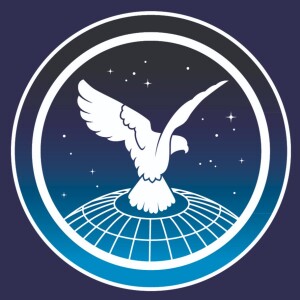
Monday Mar 11, 2019
Monday Mar 11, 2019
This episode begins with Rolls-Royce’s head of aero engines, talking about the gas turbine engines of the 1950s, including the Rolls-Royce Tyne, before Raymond Baxter asks Sir George Edwards of Vickers about the turboprop generation of aircraft. The episode concludes with Gp. Capt. John Cunningham on test flying the de Havilland Comet series of aircraft.
This is the fifth episode of Powered Flight, the British contribution to flying. It was a BBC Overseas Service documentary first broadcast in 1959 and was introduced by Charles Gibbs-Smith. The recording was supplied by the BBC/Getty images, was edited by Mike Stanberry FRAeS and was digitised and released thanks to a grant from the Royal Aeronautical Society Foundation and a bequest from E. H. J. Pallett.

Monday Mar 04, 2019
Monday Mar 04, 2019
This episode begins with AVM Sir Alec Coryton explaining how the Second World War spurred-on many technical innovations that the moved aeronautics rapidly forward, then Hayne Constant, a member of A. A. Griffith’s and Sir Frank Whittle’s teams, telling the story of the early development of the jet engine and finishes with the father of radar explaining the science behind the technology and how he and his team developed the technology that was so important to the British war effort.
This is the fourth episode of Powered Flight, the British contribution to flying. It was first broadcast by the BBC Overseas Service in 1959 and was introduced by Charles Gibbs-Smith. The recording was edited by Mike Stanberry FRAeS, was licenced from BBC/Getty Images and was digitised and released thanks to a grant from the Royal Aeronautical Society Foundation and a bequest from E. H. J. Pallet.
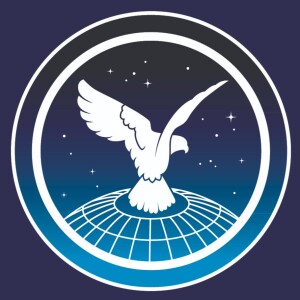
Monday Mar 04, 2019
Monday Mar 04, 2019
This episode begins with Sir Graham Sutton, Director General of the Meteorological Office, on the impact that the weather has on flying and how the science of aviation meteorology has evolved over time, before Raymond Baxter asks Sir Alan Cobham about the greatest problems that confronted him on his pioneering flights across the world and the establishment of the first aircraft charter company. The episode finishes with Captain O. P. Jones, recounting tales of flying the early scheduled aircraft routes.
This is the third episode of Powered Flight, the British contribution to flying. It was first broadcast by the BBC Overseas Service in 1959 and was introduced by Charles Gibbs-Smith. The recording was edited by Mike Stanberry FRAeS, was licenced from BBC/Getty Images and was digitised and released thanks to a grant from the Royal Aeronautical Society Foundation and a bequest from E. H. J. Pallet.

Wednesday Feb 27, 2019
Wednesday Feb 27, 2019
The lecture is a continuation of an investigation into the reduction of an aircraft to the bare, uncompromised minimum using aero-mechanical servo techniques to provide stability and control of statically unstable configurations.
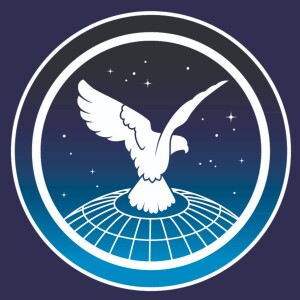
Monday Feb 25, 2019
Monday Feb 25, 2019
Sir Geoffrey de Havilland tells the story of how he designed his first aircraft, test flew and designed aircraft for the Royal Aircraft Factory during World War I, before Major George Bulman, the man charge of engine development at the Air Ministry for most of the interwar period, outlines how aero engines developed in the piston era. This episode finishes with Sir Harold Roxbee Cox, later to become Lord Kings Norton, who outlines the increasing amount of knowledge that interwar engineers could call upon to strengthen aircraft and allow them to build larger aircraft and airships.
This is the second episode of Powered Flight, the British contribution to flying was first broadcast by the BBC Overseas Service documentary in 1959. The recording was supplied by the BBC/Getty images, was edited by Mike Stanberry FRAeS and was digitised and released thanks to a grant from the Royal Aeronautical Society Foundation and a bequest from E. H. J. Pallett.
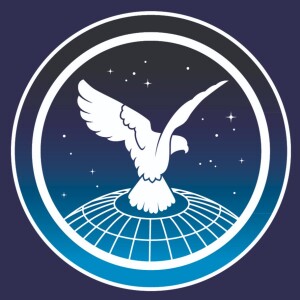
Monday Feb 25, 2019
Monday Feb 25, 2019
Holder of GB’s first pilot’s licence and an eminent aero historian tells the story of British aeronautics up to 1910. Charles Gibbs-Smith explains the work of the early British pioneers including Sir George Cayley, John Stringfellow, W. S. Henson and Percy Pilcher, together with the work of the Wright Brothers. Lord Brabazon of Tara, holder of Aviators’ Certificate No. 1, then colourfully explains how he and his contempories brought powered flight to Britain and gives a colourful insight into the early years of flying in the UK.
This is the first episode of Powered Flight, the British contribution to flying. It was first broadcast by the BBC Overseas Service in 1959. The recording was edited by Mike Stanberry FRAeS, was licenced from BBC/Getty Images and was digitised and released thanks to a grant from the Royal Aeronautical Society Foundation and a bequest from E. H. J. Pallett.
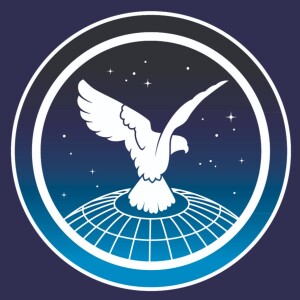
Thursday Feb 14, 2019
Thursday Feb 14, 2019
David Parker gave the Society early insight into ESA’s vision for human spaceflight and robotic exploration beyond 2019, going forward to the Moon and on to Mars and aimed at securing Europe's central role in the new era of global space exploration, in which ESA plans to work with existing partners, such as the USA, with new partners such as China, as well as engaging with commercial players.
ESA’s vision and the associated programmatic elements are to be presented for approval at the next ESA Ministerial Council meeting to be held in November 2019.
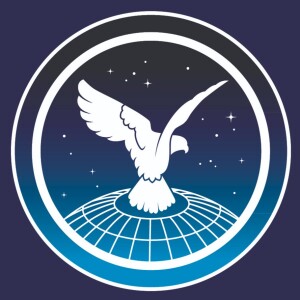
Tuesday Feb 05, 2019
Tuesday Feb 05, 2019
A revolution in electric commercial aviation is coming. But it has already arrived in air racing. Air Race E has announced it will hold the first ever electric airplane race in 2020. And the technology that will be introduced in this series will trace a direct link to the technology that will carry us as passengers in the near future. Air Race E format will be based on the long-running established sport known as formula one air racing, with the exception of an all-electric powerplant.
By launching this new race as a racing formula (governed by the Formula Air Racing Association) Air Race E is inviting manufacturers from around the world to enter a team to generate competition both on and off the race course. Air Race E intends to become a unifying platform and the catalyst for accelerated development in the field. The first prototype race plane is already in development in the UK and huge interest is being generated with more media announcements due very soon.





